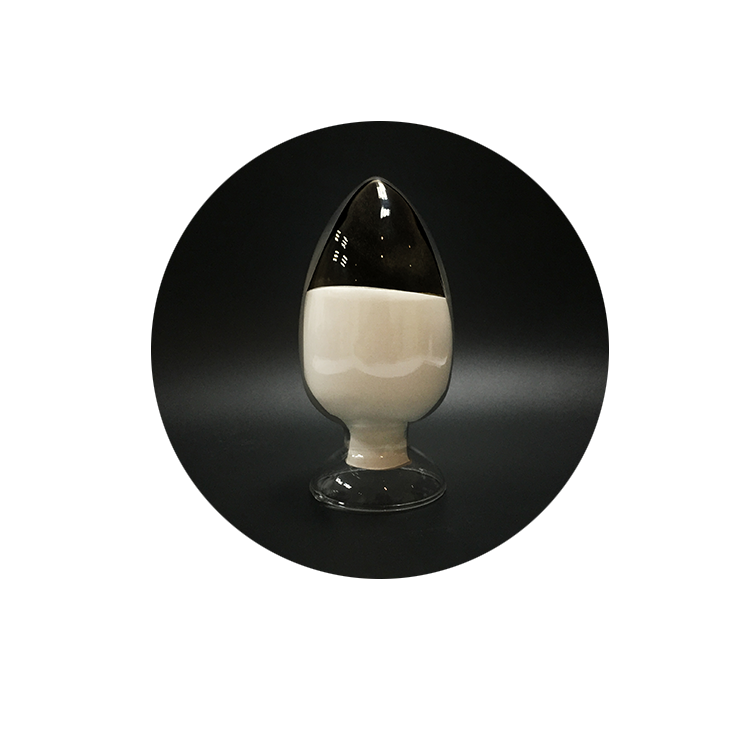Enzymatic Hydrolysis That Must Be Mentioned in the Food Industry
1. The characteristics and advantages of enzymatic hydrolysis
(1) It is easier for the body to absorb
Enzymatic hydrolysis of raw meat refers to the completion of the partial decomposition of pepsin in vitro, and the macromolecular proteins are converted into small molecular peptides or amino acids in advance, thereby reducing the digestive burden on the stomach and promoting complete decomposition and absorption. After the formation of small molecular peptides and amino acids, it is easier to be absorbed by the human body and promote the purpose of human health, so the nutritional value of the peptides obtained by enzymatic hydrolysis is higher.
(2) Improve the flavor of the product
When protease hydrolyzes meat food, different free polypeptides and amino acids can be released by optimizing the process conditions, so that the product presents a richer and richer flavor. For example, the processing waste of aquatic products can be processed by enzymatic hydrolysis to prepare seafood condiments. The commonly used flavor protease in freshwater fish processing is protease or peptidase, which can remove the bitterness in the low-enzymatic hydrolysis products, and can completely hydrolyze proteins, enhance the Improve protein nutritional quality and flavor.
(3) Improve the added value and utilization rate of products
There are some yellow things in the shrimp head, the yellow is shrimp yellow, which is very nutritious, but it is usually mistaken for no value and discarded. Compared with the shrimp head, the enzymatic hydrolysis of the shrimp head raw material was carried out by the compound protease product enzymatic hydrolysis method, and the obtained enzymatic hydrolyzed solution was significantly improved than the shrimp head self-liquid solution, the protein utilization rate and the content of amino acids, and the waste raw materials were fully utilized. It can be processed into shrimp paste for the production of aquatic bait attractants to improve the added value and utilization rate of products. At the same time, the operation process is simple, which is convenient for industrial enlargement, and also reduces environmental pollution.
2. Select the appropriate protease for enzymatic hydrolysis
(1) Select a suitable protease to reduce the occurrence of bitter peptides while ensuring the full hydrolysis of meat food raw materials, enrich the flavor and thick taste of meat products, and usually choose a combination of flavor enzymes + endoprotease.
(2) Minimize microbial contamination in the production process of enzyme preparations. Before using enzyme preparations to treat meat products, meat products can be pretreated. For example, boiling water sterilization can reduce the phenomenon of acidity, odor and foaming in the enzymatic hydrolysis process.
(3) Selecting protein complex enzymes can optimize the process of enzyme processing, improve the quality of meat, increase the nutritional value of products, and increase the degree of protein hydrolysis, so that the degree of hydrolysis and flavor can reach a balance value.


